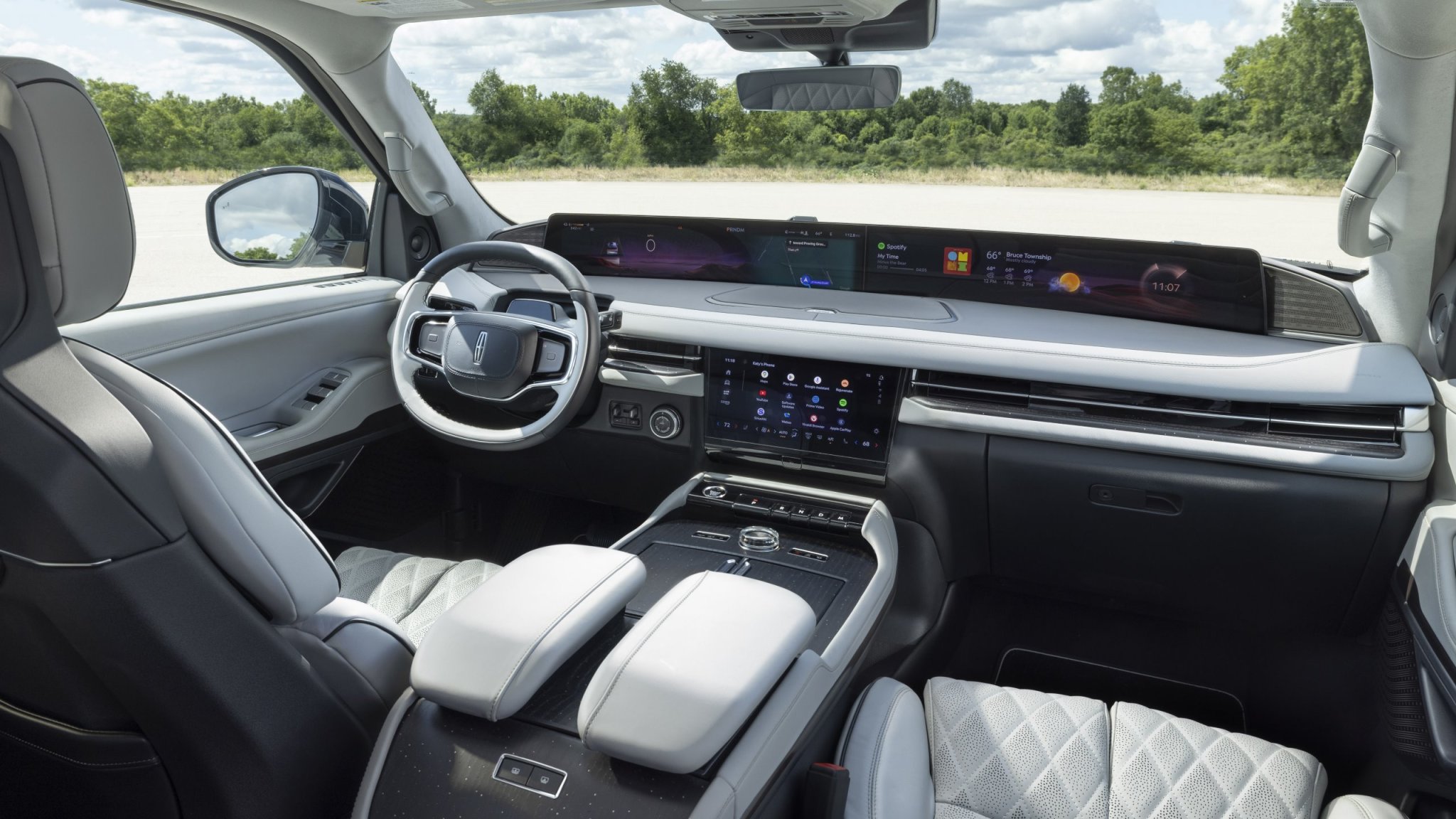

J.D. Power, a—if not the—leader in consumer product surveys and market data, has released the results of a study that focused on in-car technology’s user experience (UX). The new data paints a familiar picture of which tech features vehicle owners like and don’t like. Hint: gesture control and passenger screens are still stupid.
The 2024 U.S. Tech Experience Index (TXI) Study, which focuses on the user experience (UX) with new car tech, was conducted between July 2023 and May 2024. More than 81,000 buyers of 2024 model-year vehicles were surveyed, with the stipulation they had owned the vehicle for at least 90 days.
To determine an automaker’s ROI on any given technology, the respondents’ data was also sorted into three categories: must-have, nice to have, and not necessary. Front passenger infotainment and gesture control, for example, were not considered critical.

According to those surveyed, front passenger displays are simply “not necessary.” As early as the vehicle delivery process, extra screens can seen as a hassle. Learning to use the main infotainment screen and a digital driver information panel can be difficult enough for new owners. Adding yet another (touch)screen, especially one that offers nothing helpful to the driver, just makes the UX more complicated. Also, only 10 percent of drivers travel with a front passenger on a daily basis, so no one is watching anyway. And pretty much everybody’s carrying a touchscreen they’re already familiar with in their front pocket.
Kudos were handed out, too, though. Artificial intelligence (AI)-based tech is a hit. Well, some of it. The “smart” stuff, like climate control and driver preferences, received a thumbs up. However, recognition technologies, such as fingerprint readers (e.g., touchpads) and gesture control, are labeled as irritants.

Gesture control, specifically, might be more trouble than it’s worth, with 43.4 reported problems per 100 vehicles. Plus, 21 percent of owners said the tech lacks functionality. Music conductors might disagree, but hand-talkers absolutely hate it (me, it me). But gesture control vitriol is nothing new; people have been complaining for years.
OK, there was one surprise from the results: owners remain indifferent about advanced driver assistance systems (ADAS), particularly self-driving hands-free features. Safety tech that addresses a specific need or, you know, actually solves a problem had high approval ratings. For example, blind spot monitoring and a rearview camera increase visibility and, ergo, are considered valuable tech.
Yet when it came to active driving assistance, owners said they prefer to take control of the driving duties themselves. Hands-on ADAS fared better than hands-off features, though not by much. The J.D. Power study noted that the issue isn’t with the technologies themselves but with the fact they don’t fix a legitimate concern.
And therein lies the key takeaway. Owners don’t hate new technology as long as the innovation provides a genuine benefit and is easy to use. But if automakers keep trying to solve an issue that owners didn’t know they had, expect a revolt. Screen fatigue is real, after all, and people would also rather push buttons than have their buttons pushed.